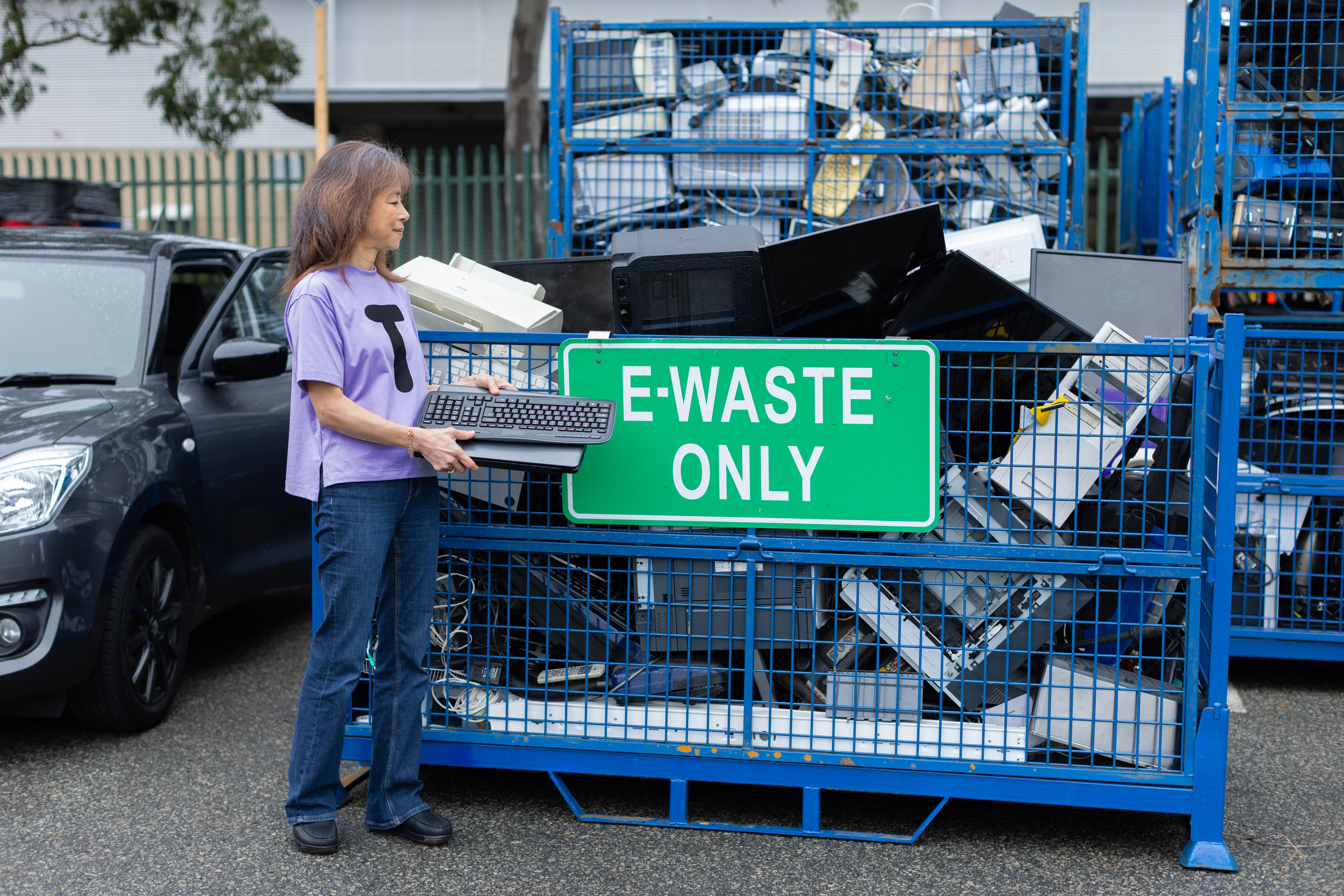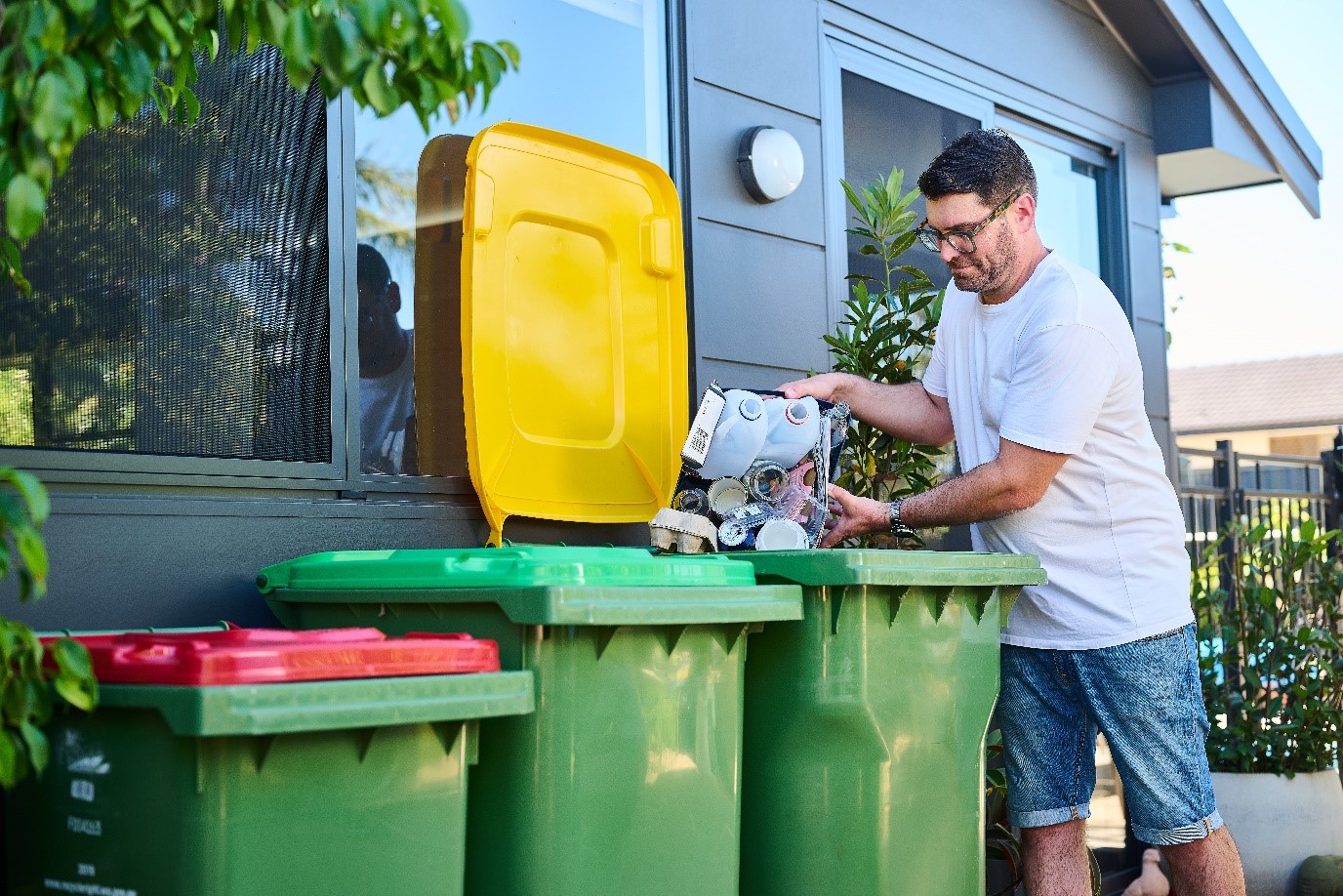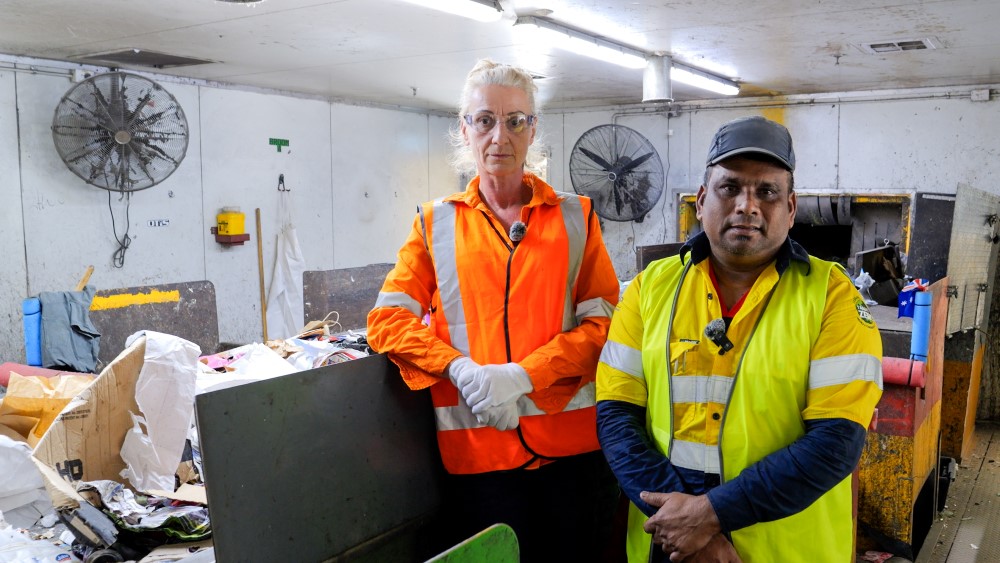
Our old tech – bringing the community together
In today’s fast-paced tech world, as new devices are released and replaced, older electronics that still have plenty of life often end up forgotten in drawers, or worse, the bin!
Posted on: July 13, 2020
You don’t need much space to get into composting – if you’ve got enough room for a bucket – then you’ve got the room to compost!
.jpg)
The term “bokashi” is a Japanese word that means “fermented organic matter”. (Okay, technically we are talking about fermenting and not composting, but the end results are similar).
Bokashi is a system that uses a bucket or bin with a sealable lid, a tap, and a grain mix inoculated with micro-organisms or an enzyme spray. It’s used to ferment kitchen waste, including meat and dairy, into a safe soil-building compost and nutrient-rich tea for your plants.
Once you’ve purchased or made your own bokashi bin, place your food scraps – including those normally ‘un-compostable’ items like meat and dairy – into the bin. Then you sprinkle the mix (you can even make your own) or spray an enzyme accelerator over the scraps, layering scraps with mix as the bin fills. Next, squash the scraps down, getting out as much air as you can followed by placing the lid tightly on the bin. As the composting process is anaerobic, your bokashi bin does not require oxygen and can be sealed.
You also need to drain the bokashi juice produced using the tap at the base of the bin once or twice a week.
When your bokashi bin is full, add a final layer of mix/spray and let the contents ferment and reduce in size (continue to drain off the liquid regularly).
After about three weeks, you have readily decomposable fermented semi-solids (you can tell the fermentation period is over as the food scraps will look similar to pickles and if you have left it longer there may be a white cotton-like fungi growth on the surface – don’t worry, this shows that a good fermentation process has occurred).
When it’s time to empty the bin/bucket, the contents can be buried in the ground, added to a compost bin/heap (all those usually unsuitable scraps for compost heaps and worm farms are now safe to add) or gifted to a green-fingered friend or community garden.
Unlike traditional compost bins or worm farms, the bokashi bin can take all of your organic kitchen waste (though it is best to avoid large bones and excessive amounts of liquid):
You definitely don’t want to let this powerful by-product go to waste!
You can use it in two ways:

Bokashi can deal with ALL types of food waste, including all those things that you can’t put in compost or worm farms, like cooked food, meat bones, citrus peels/onion skins, eggshells and dairy.
Being compact in size, easy to use (designed to be used indoors), self-contained, convenient and hygienic, the bins are ideal for households large and small.
We’re glad you asked! If used properly, the bokashi bin won’t smell. In fact, the bucket and mix work together to eliminate the odours and unpleasantness typically associated with decaying food. In fact, if you take off the lid you’ll find a mild aroma similar to apple cider vinegar, and when the lid is closed there’s no smell at all.
And there you have it – with all this new knowledge, you’ll be on your way to becoming a bokashi bin pro in no time!
We’d love to see pictures of your bokashi in action and use them to help inspire others. Share them on social media using #WasteSorted, tag us on Facebook and Instagram or send us an email.

In today’s fast-paced tech world, as new devices are released and replaced, older electronics that still have plenty of life often end up forgotten in drawers, or worse, the bin!

In Western Australia, recycling is simple. It’s about putting five types of items in the yellow-topped recycling bin — paper, cardboard, cans, plastic bottles and containers, and glass bottles and jars!

A City of Swan waste truck driver narrowly escaped a fiery ordeal recently when his vehicle was engulfed in flames, likely to be sparked by a lithium-ion battery.